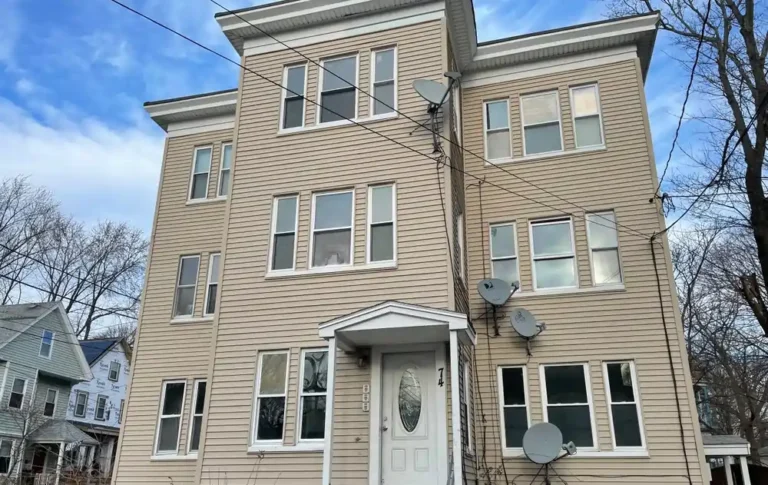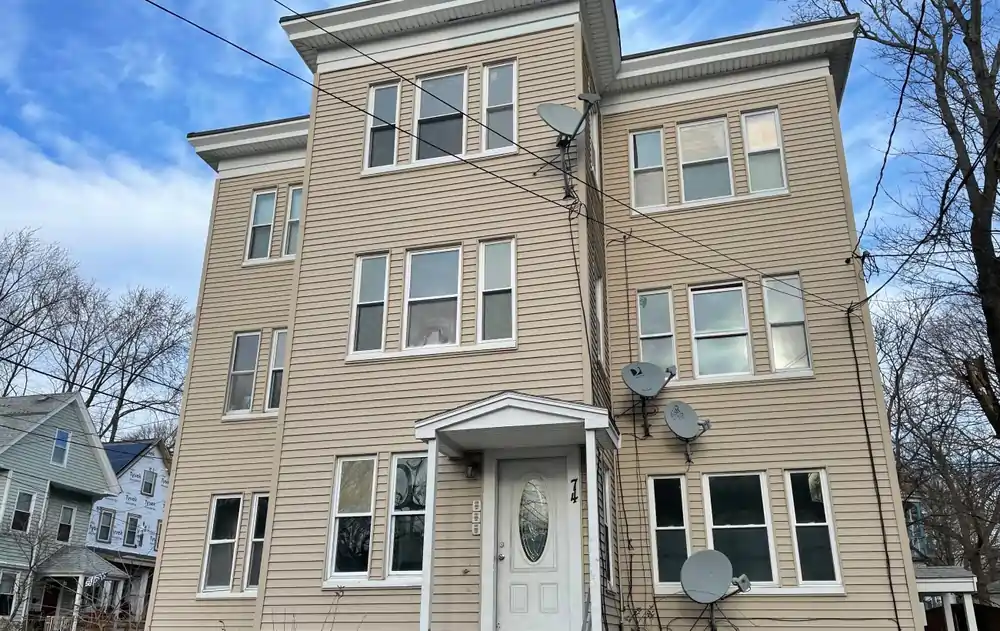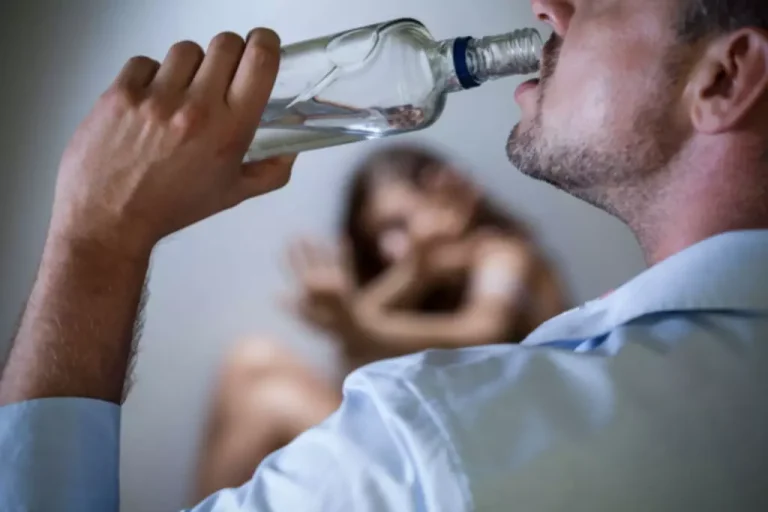Use GROUPBY with Multiple Tables in Excel for Better Analysis
September 21, 2023Контроллер Прямого Доступа К Памяти: Функции И Принцип Работы
December 11, 2023Sober Living vs Halfway House: What’s the Difference?

They also tend to be affiliated with addiction treatment drug addiction treatment centers that provide outpatient programs. Most homestays will cost between $500 to $1,200 monthly, with all services included. But they can be anywhere between $300 and $2,000, depending on the neighborhood and amenities.
Sober Living Houses
- It took me awhile to get used to being with a group of guys like myself.
- They’re often in recovery themselves, offering unique insights and empathy based on personal experiences.
- When you call a house to set up an interview you can ask them how much their EES is.
- This is where the rubber starts to meet the road in addiction recovery.
- Something important to note is that sober living houses are not the same as halfway houses.
Some houses collect EES from its members on a monthly basis while many houses choose to collect EES on a weekly basis. This monthly or weekly amount varies from state to state and house to house and can range anywhere from $125 a week to $250 a week. When you call a house to set up an interview you can ask them how much their EES is.
Addiction Treatment: How to Get the Help You Need

But when considering some of the services offered, make sure they’re services that help support your sobriety. Part of living in recovery is “showing up for life,” meaning doing things for yourself that make you a successful, contributing member of society. When in active addiction, we tend to ignore the things that make us successful. So when getting back on our feet and in recovery, cooking and cleaning for ourselves is part of a healthy recovery plan.
- Given these struggles, men-only homes usually focus on early treatment, mental health support, relapse prevention, and aftercare programs.
- You’ll also have access to resources and activities designed to foster personal growth and life skills necessary for living a sober life.
- Remember, every step forward in a sober living community is a step towards a more independent and vibrant life.
- These types of sober livings do tend to charge higher fees, however, they are often able to provide a very affordable alternative to what would otherwise constitute high-priced inpatient treatment.
- Those residents who also participate in a 12-step program while living in the sober house show a much higher rate of recovery and a lower rate of relapse.
- Let’s say you or a loved one has almost completed an alcohol or other drug addiction treatment program.
Find a rehab center near you

A great way to find a sober living house in your area is first to explore your network. Not all sober living homes are equal, so finding a place that an acquaintance has recommended could be helpful. Often the structure and routine of treatment programs help keep folks sober, and risking the loss of that when completing the program can be a threat to your recovery. If you or someone you know has recently quit drinking alcohol and is now sober—congratulations, quitting alcohol can be a long and difficult process. However, you might be wondering what happens now that the detox is over, you’ve completed your stay at an addiction treatment center, and it is time to go home. For a couple of months in 1975, he found himself living on the streets and begging strangers for money before he entered a rehabilitation program.

Other Sober Living Facilities
The supportive environment and continuous access to recovery resources significantly lower the risk of relapse. Regular drug testing and the community’s encouragement provide extra layers of accountability, further protecting your sobriety. While there is a high degree of freedom, there is also structure and support. Individuals participate in programs such as relapse prevention, preparing to make amends, finding a job, and also a safe place to live. The average stay in a sober home is about 90 days, but a longer time frame can be arranged.
Types of Sober Living Houses
Also like other sober-living environments, halfway houses generally have systems in place to keep residents sober, and drugs tests are usually administered to monitor for any substance use. They also often come with additional mental health, medical, recovery or educational services that help people get accustomed to their new lives. Residents are often required to take drug tests and demonstrate efforts toward long-term recovery. Maintaining sobriety can be a difficult process, however, a sober living house may provide you with the kind of structure and support you’ll need to maintain your sobriety. If you’re having a sober living vs rehab hard time adjusting to a sober life, reach out to a mental health professional who specializes in addiction and substance use.
- This monthly or weekly amount varies from state to state and house to house and can range anywhere from $125 a week to $250 a week.
- Halfway houses, also known as sober re-entry programs, tend to be more structured.
- Oxford House, Inc. is a 501c3 nonprofit organization that employs both office and field staff.
- While they are both residences designed to support folks in maintaining sobriety and transitioning back into society, there are some key differences.
How Effective Is Rehab and Drug Addiction Treatment?

However, sober living houses are not covered under insurance since they do not provide treatment services and thus aren’t considered rehabilitative facilities. Unlike the unpredictable environments you might find outside, these homes establish a routine and rules that foster a safe space for recovery. You’re expected to follow guidelines, which often include curfews, chores, and mandatory participation in recovery meetings. This structure helps you build discipline and accountability, key components for a sober life. Sober living homes, also known as sober houses, are transitional living spaces for people who want to maintain sobriety. It provides a safe environment for people to focus on their recovery after substance abuse treatment.
